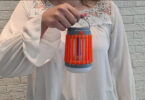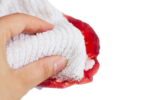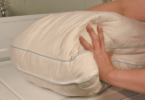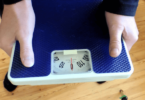How to clean walls is a frequent question among homeowners and renters because keeping walls spotless is essential for creating an inviting and visually appealing living space. Over time, walls accumulate dirt, dust, and stains, which can detract from their appearance and contribute to a less pleasant atmosphere. This article provides you with the crucial knowledge and techniques for cleaning your walls, regardless of their type or finish. From identifying wall materials to tackling common stains and maintaining cleanliness, this post covers everything you need to know to keep your walls looking their best. So, let’s dive in and transform your walls into a spotless sanctuary!
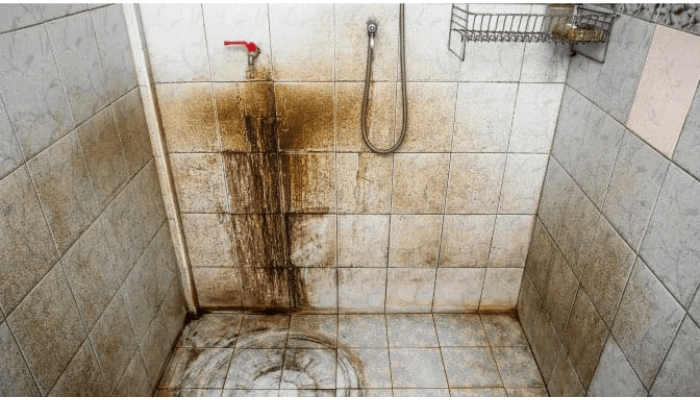
Identifying Wall Types
Before diving into the cleaning process, it’s essential to determine the type of wall you’re dealing with, as different materials and finishes require unique cleaning methods to prevent damage.
Painted walls
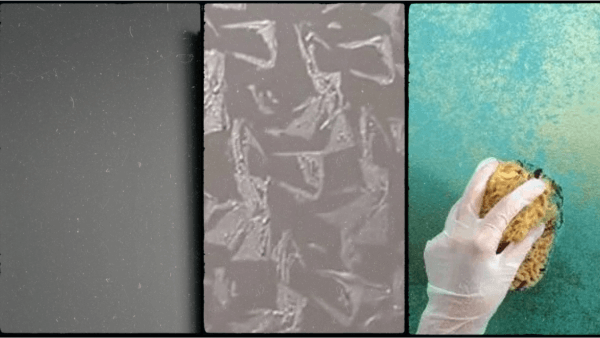
- Matte paint: This paint variety has a flat, non-reflective finish that effectively hides surface imperfections. However, its porous nature can make cleaning more challenging.
- Satin paint: Slightly glossy and more durable than matte paint, satin paint is easier to clean. It’s commonly applied in areas with moderate traffic, such as living rooms and bedrooms.
- Glossy paint: Exhibiting a high sheen, glossy paint is the most durable and easiest to clean. It’s typically used in high-traffic areas and rooms exposed to moisture, like kitchens and bathrooms.
Wallpapered walls
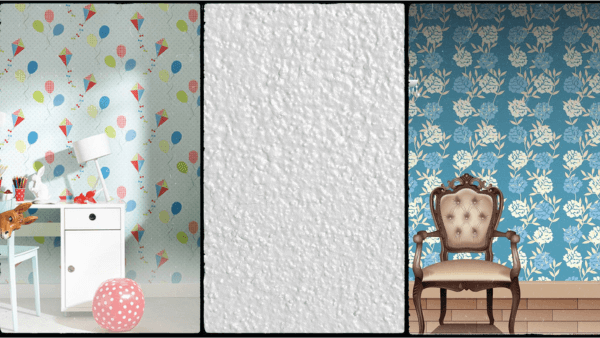
- Vinyl wallpaper: Water-resistant and easy to clean, vinyl wallpaper is suitable for rooms prone to moisture, such as bathrooms and kitchens.
- Textured wallpaper: Adding dimension to walls, textured wallpaper can be challenging to clean due to its uneven surface.
- Traditional wallpaper: Crafted from paper, traditional wallpaper is more delicate than vinyl and textured wallpapers. Exercise caution when cleaning to avoid damage.
Unpainted walls
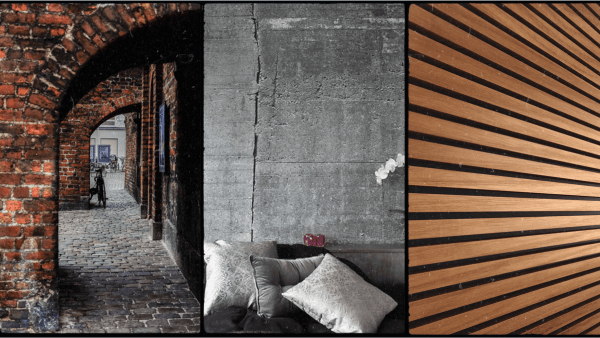
- Brick walls: Brick walls are porous and can easily absorb dirt and grime. Using proper cleaning techniques is crucial to avoid damaging the surface.
- Concrete walls: Durable and low-maintenance, concrete walls still require periodic cleaning to remove dirt and stains.
- Wood paneling: Wood paneling imparts warmth to your space but needs special care to prevent damage from moisture and cleaning products.
Cleaning Supplies and Tools
Gathering the right cleaning supplies and tools ensures an effective and efficient wall cleaning process. To properly clean walls, you need these essentials cleaning supplies:
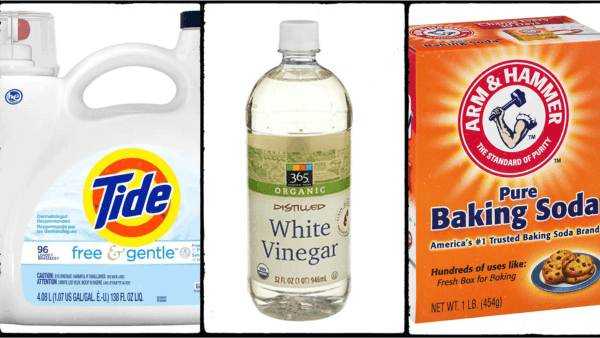
- Mild detergent: A simple solution of warm water and mild detergent is an effective cleaning agent for most wall types.
- White vinegar: As a natural, non-toxic cleaning solution, white vinegar helps remove stains, grime, and odors from your walls.
- Baking soda: Baking soda is a gentle abrasive capable of removing stubborn stains without damaging your walls.
Cleaning tools
- Microfiber cloths: Soft and lint-free, these cloths are perfect for dusting and wiping down walls without leaving streaks or residue.
- Soft sponges: Employ a soft sponge to gently scrub your walls without scratching or damaging the surface.
- Vacuum cleaner with brush attachment: A vacuum cleaner equipped with a soft brush attachment is ideal for removing dust and cobwebs from your walls before cleaning.
Tip: If you want to clean your wall fast without effort you need Synoshi Power Spin Scrubber.
Additional supplies
- Rubber gloves: Wearing rubber gloves during the cleaning process protects your hands from cleaning solutions and potential irritants.
- Step ladder: A step ladder helps you safely and comfortably reach high spots on your walls.
- Drop cloth: Place a drop cloth on the floor to catch any drips or debris during the cleaning process, preventing damage to your flooring.
Cleaning Techniques for Different Wall Types
Understanding and applying the appropriate cleaning techniques for each wall type will ensure optimal results and prevent damage.
How to clean painted walls
- Dusting: Use a microfiber cloth or vacuum cleaner with a brush attachment to remove dust and cobwebs from the wall.
- Spot cleaning: Mix a solution of warm water and mild detergent. Dip a soft sponge or cloth into the solution and wring it out, so it’s damp but not soaking wet. Gently rub the stained area in a circular motion, being careful not to scrub too hard or saturate the paint.
- Full cleaning: For a thorough cleaning, wipe the entire wall with the damp cloth or sponge, working from top to bottom in sections. Rinse the cloth or sponge frequently in the cleaning solution to avoid spreading dirt. After finsih to clean, use a clean dry cloth to remove any excess from the wall.
How to clean wallpapered walls
- Dusting: Remove dust and cobwebs using a microfiber cloth or vacuum cleaner with a brush attachment, working from top to bottom.
- Spot cleaning: For vinyl and textured wallpapers, use a damp cloth or sponge with a mild detergent solution to clean stained areas gently. For traditional wallpaper, test the cleaning solution in an inconspicuous area before proceeding, as it may damage the paper.
- Full cleaning: Wipe the entire wall with a damp cloth or sponge, working in sections from top to bottom. Avoid using too much water or pressure, especially on traditional wallpaper, as it may cause damage. Allow the wallpaper to air dry after cleaning.
How to clean unpainted walls
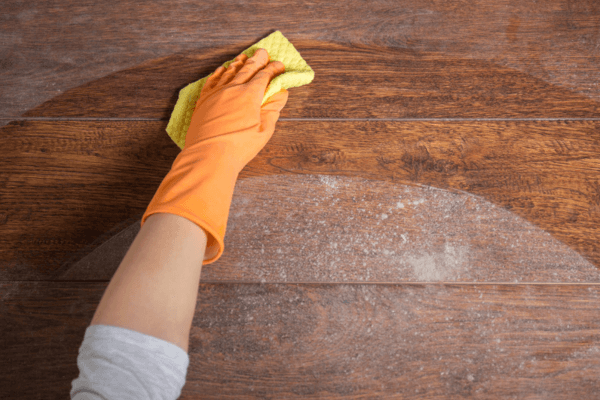
- Dusting: Use a vacuum cleaner with a brush attachment or a microfiber cloth to remove dust and cobwebs from brick, concrete, or wood-paneled walls.
- Spot cleaning: Use a mild detergent solution and a soft brush or sponge to clean stained areas on brick or concrete walls. For wood paneling, use a wood-specific cleaner and a soft cloth.
- Full cleaning: Clean brick and concrete walls with a mild detergent solution and a soft brush, working in small sections from top to bottom. Rinse with clean water and allow the wall to air dry. For wood paneling, wipe the surface with a wood cleaner and a soft cloth, following the grain of the wood.
Addressing Common Stains and Blemishes
Grease stains: Mix a solution of warm water, mild detergent, and white vinegar. Apply the solution to the stain using a soft cloth or sponge, then rinse with clean water and pat dry.
Crayon marks: Create a paste with baking soda and water. Gently rub the paste onto the crayon marks with a soft cloth, then wipe clean with a damp cloth and pat dry.
Mold and mildew: Mix a solution of equal parts white vinegar and water. Apply the solution to the affected area with a soft cloth or sponge. Let it sit for 15 minutes, then scrub gently with a soft brush. Rinse with clean water and pat dry.
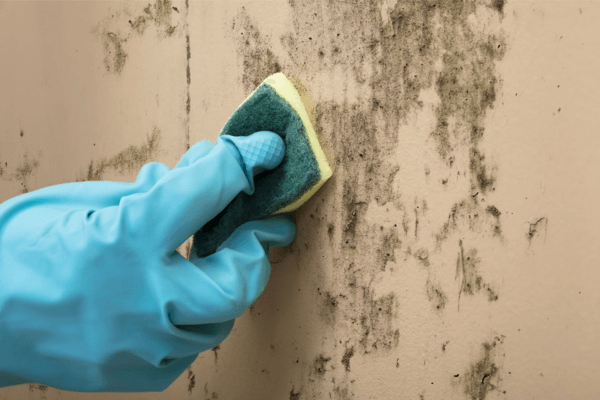
Smoke and nicotine stains: Mix a solution of warm water, mild detergent, and white vinegar. Wipe the stained area with a soft cloth or sponge dampened with the solution. Rinse with clean water and pat dry.
Permanent marker: Dab a small amount of rubbing alcohol or acetone on a cotton ball or soft cloth. Gently rub the stain until it fades, then rinse with clean water and pat dry.
Preventive Measures and Maintenance
Regular dusting: Dust your walls regularly with a micro fiber cloth or vacuum cleaner with a brush attachment to prevent dirt and dust buildup.
Proper ventilation: Ensure adequate ventilation in rooms prone to moisture, such as bathrooms and kitchens, to minimize the risk of mold and mildew growth.
Using appropriate wall coverings and paint: Choose durable and washable paint finishes, such as satin or glossy, for high-traffic areas and rooms exposed to moisture. Opt for water-resistant wallpapers, like vinyl, in areas prone to humidity.
Addressing stains and marks promptly: Clean spills, stains, and marks as soon as possible to prevent them from setting and becoming more challenging to remove.
Regular inspection: Periodically inspect your walls for signs of damage, mold, and mildew. Address any issues promptly to maintain your walls’ appearance and structural integrity.
Conclusion
After identify the type of wall and use the appropriate cleaning methods for each type, you can keep your walls looking fresh and well-maintained. Regular upkeep and preventive measures will ensure that your walls remain a beautiful and integral part of your home for years to come. So, gather your cleaning supplies because now you know how to clean your walls!



